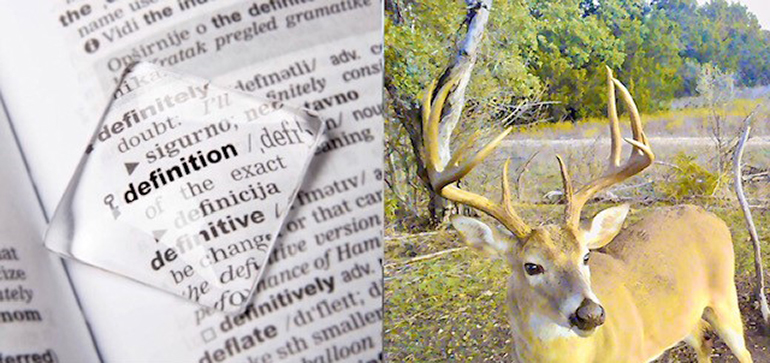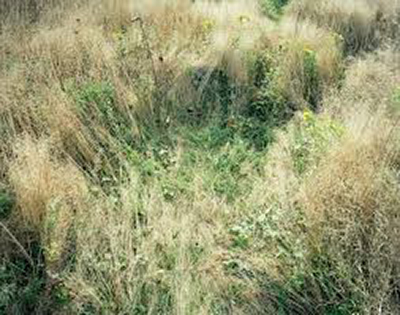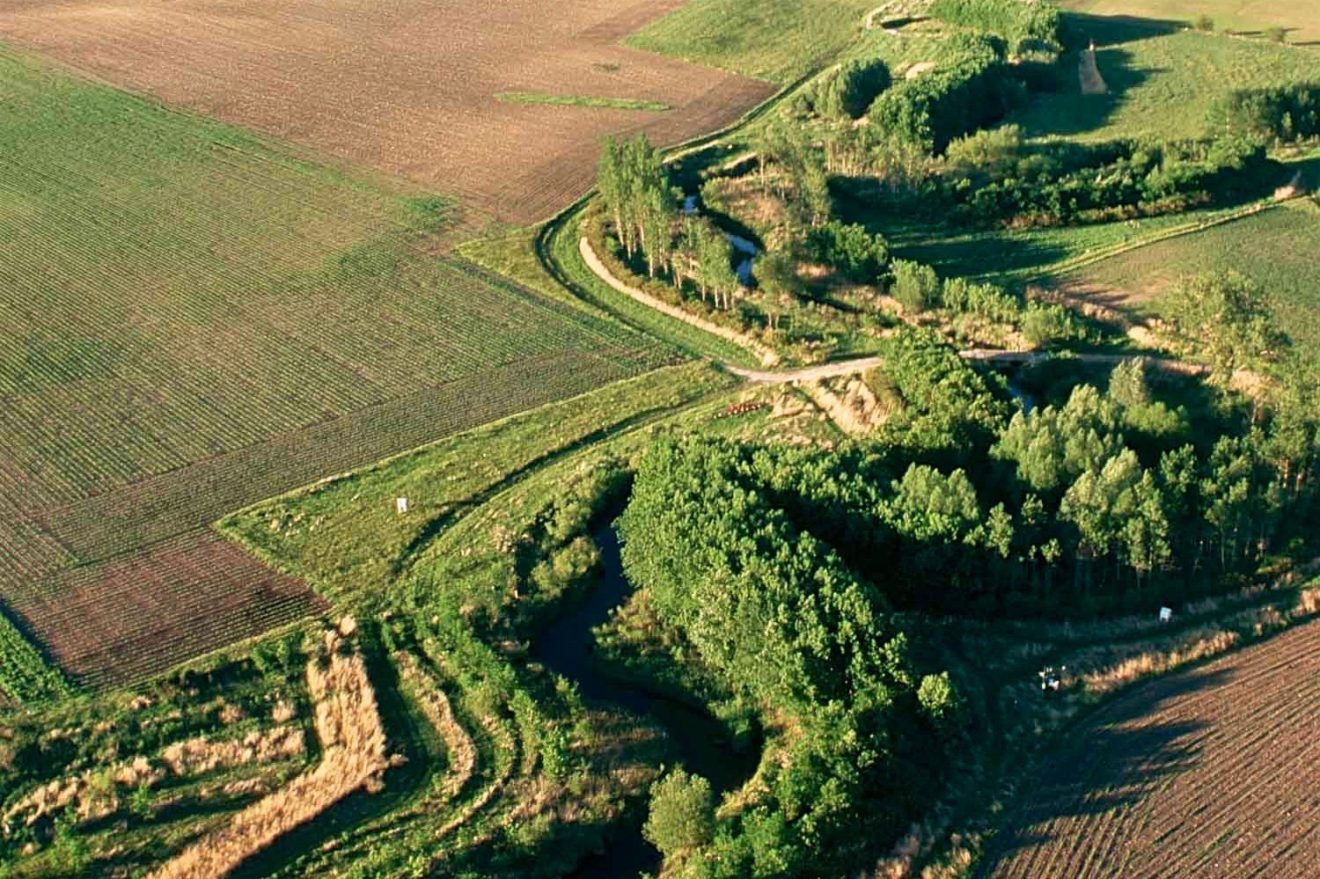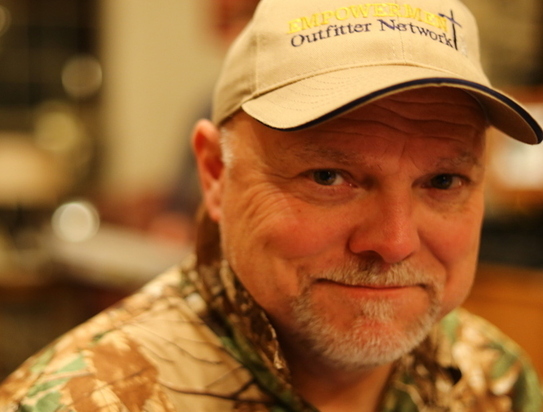Five Common Deer Hunting Terms and their Meanings
There is a lot of jargon thrown around in the deer hunting world, like with any niche interest. Whether on hunting television and podcasts, internet forums, or around the campfire, it can be a little overwhelming for those new to hunting to grasp. For some, common whitetail hunting terms are academic, while for others, they bring on a furrowed brow. Yet many hunters carry on in the dark, never really inquiring about the true meaning of the phrases they hear; worse yet, misinterpretation takes place.
Correctly talking the talk not only helps you to engage in useful deer hunting discussions, but it also makes you a better hunter.
So, in the spirit of clarification, here are the meanings (and hunting implications) of five common hunting terms:
Funnels
A funnel is any object, terrain feature, or obstacle that “funnels” deer through a specific location. Funnels occur anywhere deer movement will be reduced to a smaller area and create a more manageable shot environment (particularly for bowhunting). Also referred to as “pinch points” or bottlenecks, they can be invaluable when picking stand locations.
Good examples of funnels are fence lines and intersections, creek crossings, and narrow sections of dense brush that cross open stretches of land. Other deer funnels are valleys and narrow draws with obstructions on both sides, like creeks or a path through heavy timber.
Think of a funnel like a path of least resistance. Whitetails prefer the easiest and safest passage. Once you learn to identify these pinch points, you can more effectively determine stand locations. Hence, it’s a good idea to be on the lookout for areas where topography, cover, or any other obstacles form a funnel. Note that you can form or enhance funnels through man-made efforts such as selective brush clearing or placement.
Bedding Areas
A bedding area is a reference to a space that deer spend in a bedded position during daylight hours. This is where they spend most of their time during the day. Unless disturbed by hunters, bedding areas are usually pretty consistent in terms of location and time. Deer use them even more in the dead of winter. Traits of bedding areas include concentrations of scat, rubs, and matted down depressions in the grass and leaves. Whitetail bucks, in particular, will look for bedding areas facing the sun (for warmth) and where they can use their excellent sense of smell to alert them to any upwind danger.
Scouting and finding bedding areas presents a great opportunity to enhance your deer hunting situation. Hence, when you find them, take note. Acknowledging their locations allows you to anticipate travel patterns to food sources and other areas. When you do, you can set optimal stand locations. Further, you can establish bedding areas as sanctuaries and intentionally avoid pressuring them. While a mature buck’s bedding spots can change, he will usually revisit them at some point. And with careful planning, you can catch him in transit to and from the bedding area.
Staging Areas
Staging areas are simply locations just outside the boundary of a whitetail’s bedding area – one where they’re comfortable during the daytime. It’s a limbo of sorts, as deer will hold out in a staging area before dark, after which they will venture more into the open. Perhaps the most common example of a deer staging area is one on the outskirts of food sources like a food plot. This is probably the most popular staging area – and often the most overhunted.
These golden locations represent good opportunities to set up and catch deer before they’re cloaked in darkness. Seek areas where late evening deer loiter. If done cautiously and strategically, hunting staging areas is a great way to find big, mature bucks.
CRP Field
Hunters are no doubt familiar with statements like, “We set up on the edge of a large CRP field” or “The place was mainly made up of CRP.”
CRP stands for Conservation Reserve Program and is often synonymous with a thick, brushy zone of a property. For whitetail hunters, they can be golden locations, too, as they entail favorable deer habitat. The conservation program is aimed at just that – improving habitat.
It seeks to enhance sensitive and erodible cropland and areas along creeks and rivers by converting them into vegetative cover. While participating landowners earn money, hunters care rewarded with a promising hunting alternative.
It pays dividends to learn how to approach these areas from a hunting standpoint. Once they take, CRP fields yield dense areas of bushes, saplings, and briars, providing ideal native food and cover for area deer. By scouting and locating the trails associated with them, you can determine ideal spots to ambush deer traveling to food sources.
Saddle Hunting
Though the concept of saddle hunting isn’t entirely new, it is all the rage, and the term has flooded deer hunting conversation in recent years. In simple terms, a saddle is a lightweight alternative for hunting from a high perch without the need for a tree stand. Explicitly used for bowhunting, hunting saddles look like a rock-climbing rig. Some also liken them to a lineman’s belt system. Made up of nylon straps and a mesh seat, the saddle apparatus wraps around your waist and upper legs. Instead of sitting on a tree stand platform, you clip into a secure rope on the tree and rest.
The attaching connection spot on the tree forms a kind of tether rope. Combined with a carabiner, this rope safely secures hunters to the tree and allows for movement around a tree trunk. Screw-in steps often serve as footrests.
With deer hunting saddles, it’s all about mobility and hunting flexibility. Light in weight, they are ideal for long treks between trees and hunting areas. In the tree, their effectiveness lies in your ability to settle on the backside of a tree and pivot to the side when shot opportunities arise. They are mainly used by public land hunters and in areas having straight-trunked trees for set up.
Hopefully, these definitions will come in handy the next time you find yourself in the middle of serious whitetail exchanges with fellow hunters. I recommend that you explore these phrases in more detail. Understanding and leveraging them can elevate your deer hunting game, chiefly when seeking big, mature whitetail bucks.
Based in Texas, Jerald Kopp is President of 1st Light Hunting Journal. His articles cover a variety of topics about hunting and the outdoor lifestyle. Jerald is an avid outdoorsman with deer hunting and whitetails being by far his greatest passion. He was introduced to hunting and fishing at an early age and has been enjoying it for 40+ years. In 2005, he established the Empowerment Outfitter Network (EON) – a faith-based non-profit organization that provides hunting opportunities for disabled and terminally-ill children and youth. When not hunting, he spends his time traveling and enjoying life with Amy, his wife of over 30 years. Jerald and Amy have two adult daughters and a son-in-law.






